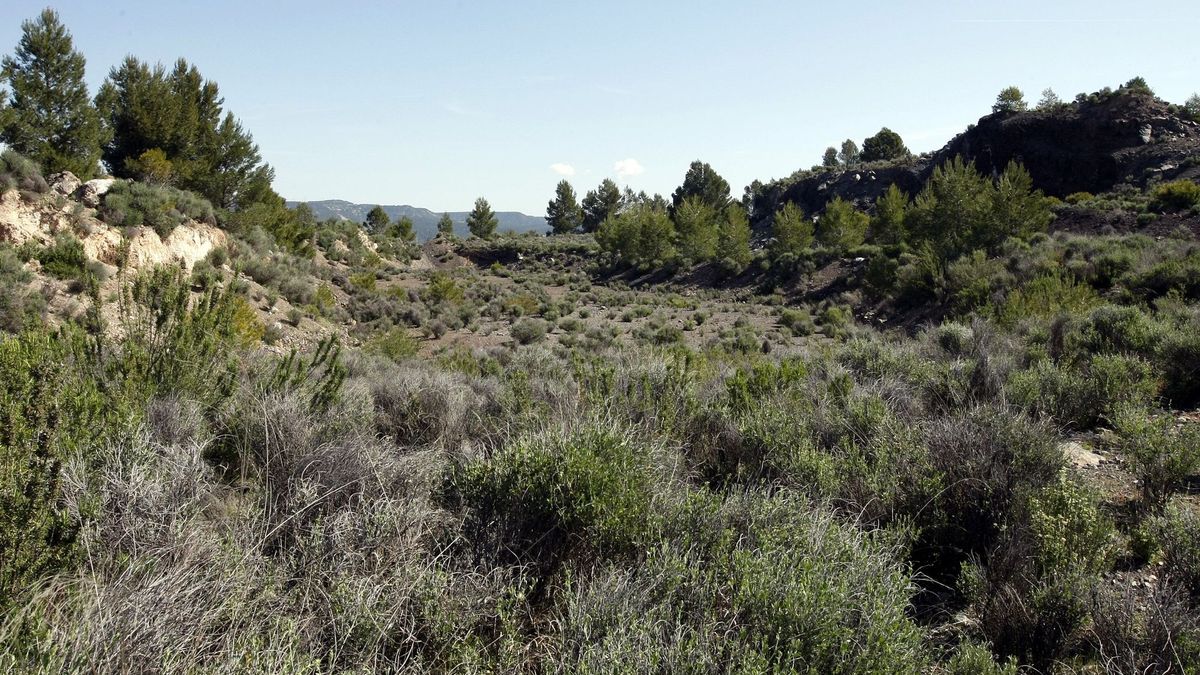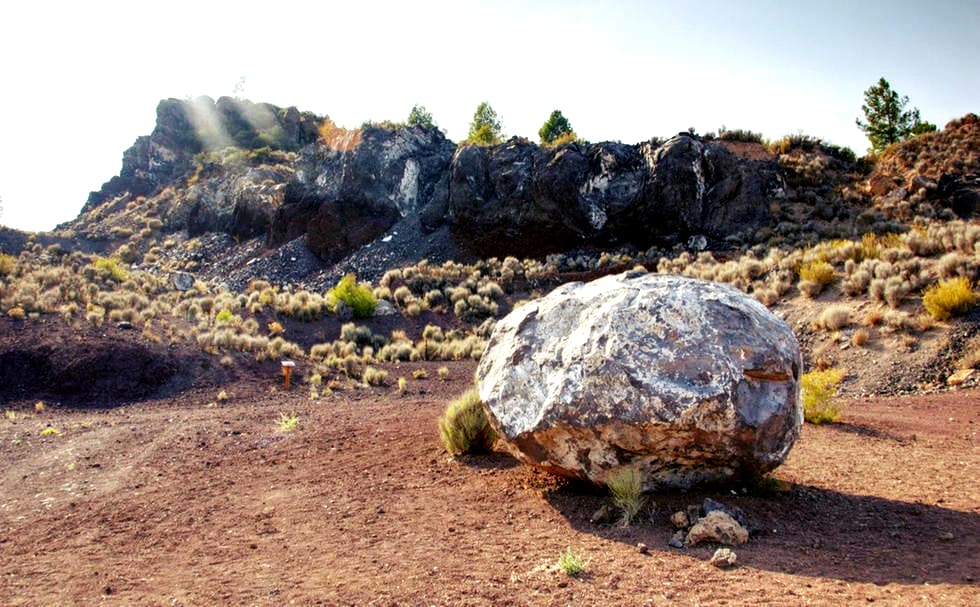As many thousands of residents have been forced to leave their homes in La Palma because of the eruption of the Cumbre Vieja volcano, with two tongues of black lava cutting a devastating swathe through the landscape as they advanced down the volcano’s western flank towards the sea, it seemed judicious to look into the situation of the volcanoes that we have close by, here in the Valencian Community.
In fact the Valencian territory has two of the four areas of volcanic activity in Spain, but, fortunately, they are both dormant.
The most spectacular of these is perhaps the dormant Cofrentes Volcano, 60 km from Valencia, and located on the Cerro de Agrás, 500 metres high. This volcano was last researched in the mid-1970s, with the upcoming construction of the Cofrentes Nuclear Power Plant.
The studies concluded that the crater experienced its last activity about 2 million years ago. However, deep down inside, there is still regular activity, which some nearby spas take advantage of with their hot springs.
According to geologists, for a volcano to be considered active it must have triggered an eruption in the last 10,000 years.
Dormant or inactive volcanoes are those that maintain some signs of activity, such as the presence of hot springs, which are active only sporadically. This category usually includes fumaroles, openings in a planet’s crust which emit steam and gases, and volcanoes with long periods of inactivity between one eruption and another.

A volcano is considered dormant if it has not had an eruption for over 10,000 years, while extinct volcanoes are those whose last eruption was recorded more than 25,000 years ago. However, the possibility that they could reawaken and release an eruption stronger than that of an active volcano, causing major disasters, cannot be not ruled out.
Another of the volcanoes in the Valencia Community, and, in fact, the youngest, is located on the Columbretes Islands (Castellón). These islands are known to be of volcanic origin.
Several studies suggest that this area had volcanic activity only 300,000 years ago, on one of the islands that make up this small archipelago off the coast of Castellón, in the Illa Grossa .
In addition, in the Valencian Community many volcanic rocks can still be found in areas near the town of Picassent, although here the volcano is not perceptible, we cannot see its shape, but these stones tell us that many centuries ago a volcano must have existed.
The dating of the volcanic rocks in the area indicates that the most recent volcanic activity occurred about 8 million years ago, although there were no humans around to witness the magma rising up its chimney and exploding through its crater.





